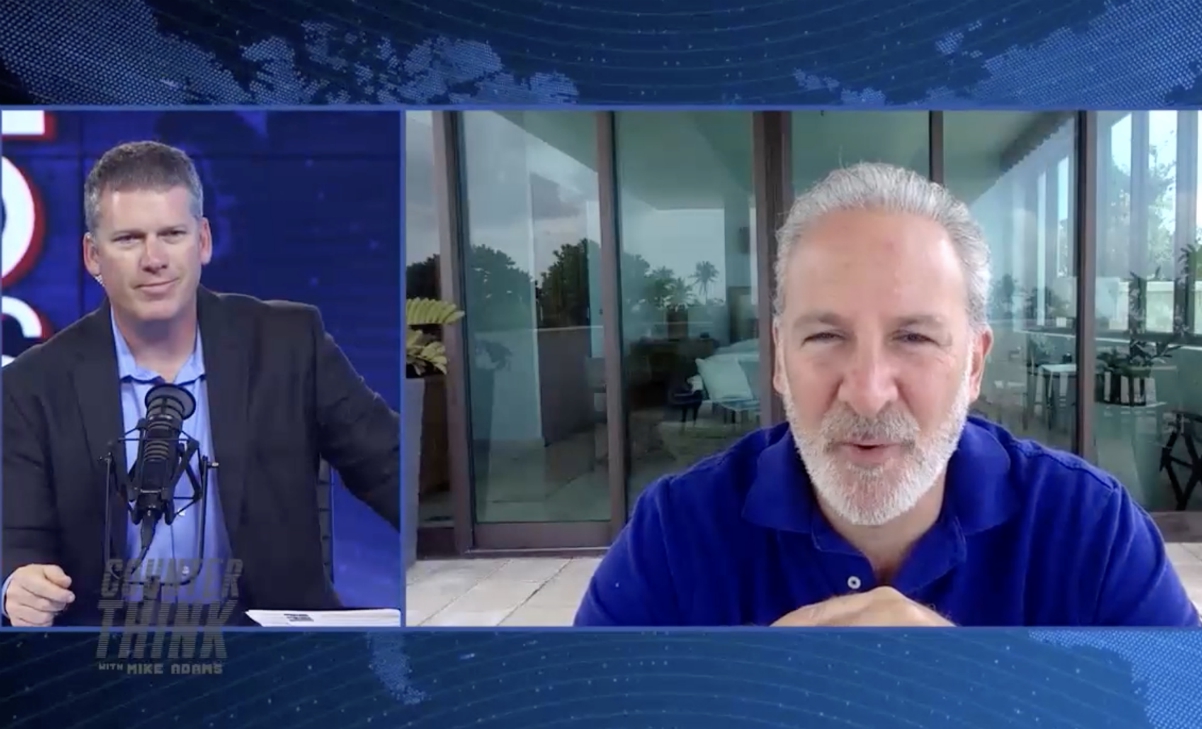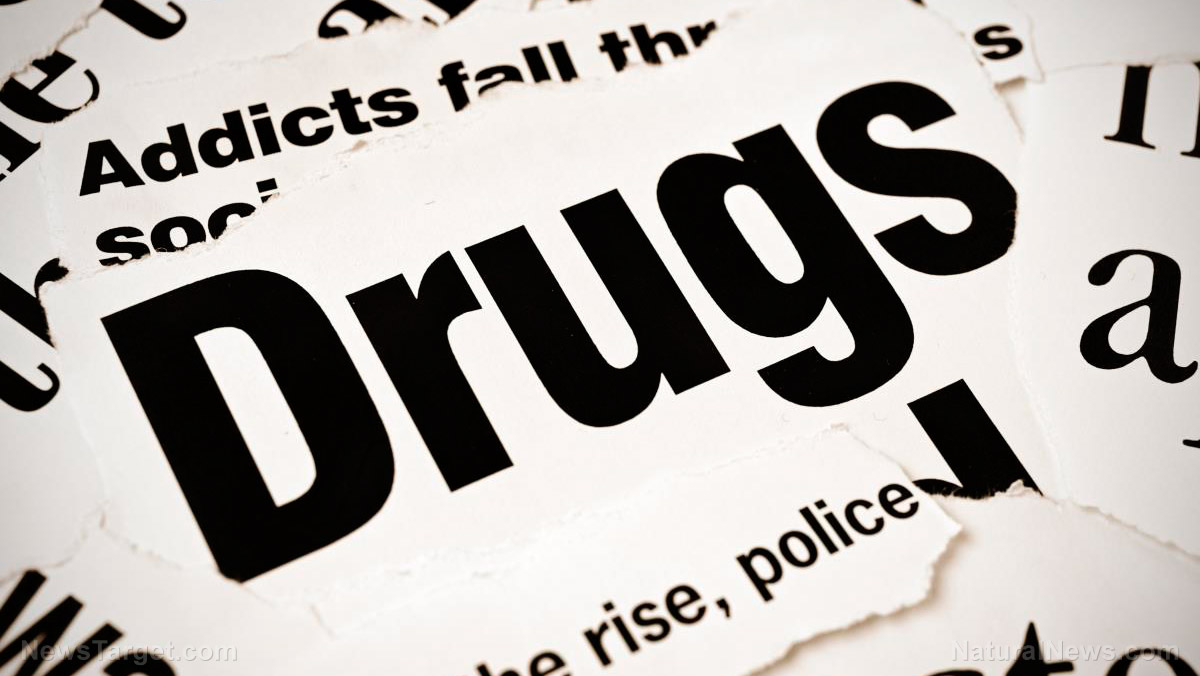
The suit pins Pfizer and Tris Pharma as the culprits in the illegal distribution of Quillivant XR, a drug prescribed to children with attention-deficit hyperactivity disorder (ADHD). Even though the drug, which is similar to Ritalin, does not meet federal safety and effectiveness standards, Pfizer and Tris have been selling it to kids anyway.
A copy of the suit is available here to view.
More than 10 years ago, the U.S. Food and Drug Administration (FDA) approved Quillivant, but soon after it was discovered that the drug had actually failed quality control tests, the suit explains.
Instead of taking proper remedial action with the launch of an investigation, as is required under federal law, Tris repeatedly changed testing methods to try to generate false-positive results, Paxton's own investigation revealed.
As is usually the case in the pharmaceutical industry, Tris was "under financial pressure" to keep the drug on the market and selling like hotcakes, and also pushed to "rapidly increase production" but "without adequate controls."
(Related: Learn more about why Paxton was impeached, one of the reasons being his bucking of establishment politics.)
Tris released fraudulent report blaming Quillivant problems on "sample reconstitution"
The corrupt FDA apparently did nothing while all of this was taking place, allowing Quillivant to remain on the market. This makes the FDA a complicit party as well in that the regulatory body should have pulled the drug off the market immediately once fraud was uncovered.
Instead, Quillivant remains a Schedule II controlled substance that is required to bear a black box warning, the FDA's most serious, indicating how dangerous it is and how big of a risk it is for children to take.
Some of Quillivant's more serious side effects include nausea, vomiting, and insomnia, not to mention severe dependency and addiction. The drug was originally developed by Nextwave Pharmaceuticals, which was acquired by Pfizer in May 2012.
Because Quillivant comes in powder form and has to be reconstituted by pharmacists with water, Tris tried to use this as "evidence" to suggest that the drug is not the problem, but rather the way it was reconstituted in test samples.
Only when no foaming occurred did Tris allow its analysts to test the solution, aiming to come up with better results, but this also failed to fix the problem. The next thing Tris did was try to develop a new unapproved testing method that allows the solution to sit for 30 minutes reconstituted before further testing.
This 30-minute waiting protocol also involved shaking and sonicating the solution in an ultrasound bath before mixing it gently with a spatula or glass rod for an additional minute.
The problem is that the FDA's approved mixing guidelines for pharmacists state that the solution only needs to be shaken for 10 seconds with no mention made about sonication or any of the other steps that Tris later added following initial approval.
This change in mixing guidelines means that Tris and Pfizer are "out of compliance," according to Paxton. Tris made the changes of its own volition and Pfizer rubber-stamped its approval for them, which is not how things are supposed to work under the law.
Consumers were complaining about "lack of effect" from the mixture as early as 2013, a full decade ago, and yet nothing has been even attempted until now to remedy the situation legally.
"I am getting less and less convinced we actually know how to make this product," reads an email Paxton obtained from an employee at Pfizer admitting to problems with the drug and its formula.
More related news coverage can be found at BadMedicine.news.
Sources for this article include:
Please contact us for more information.






















